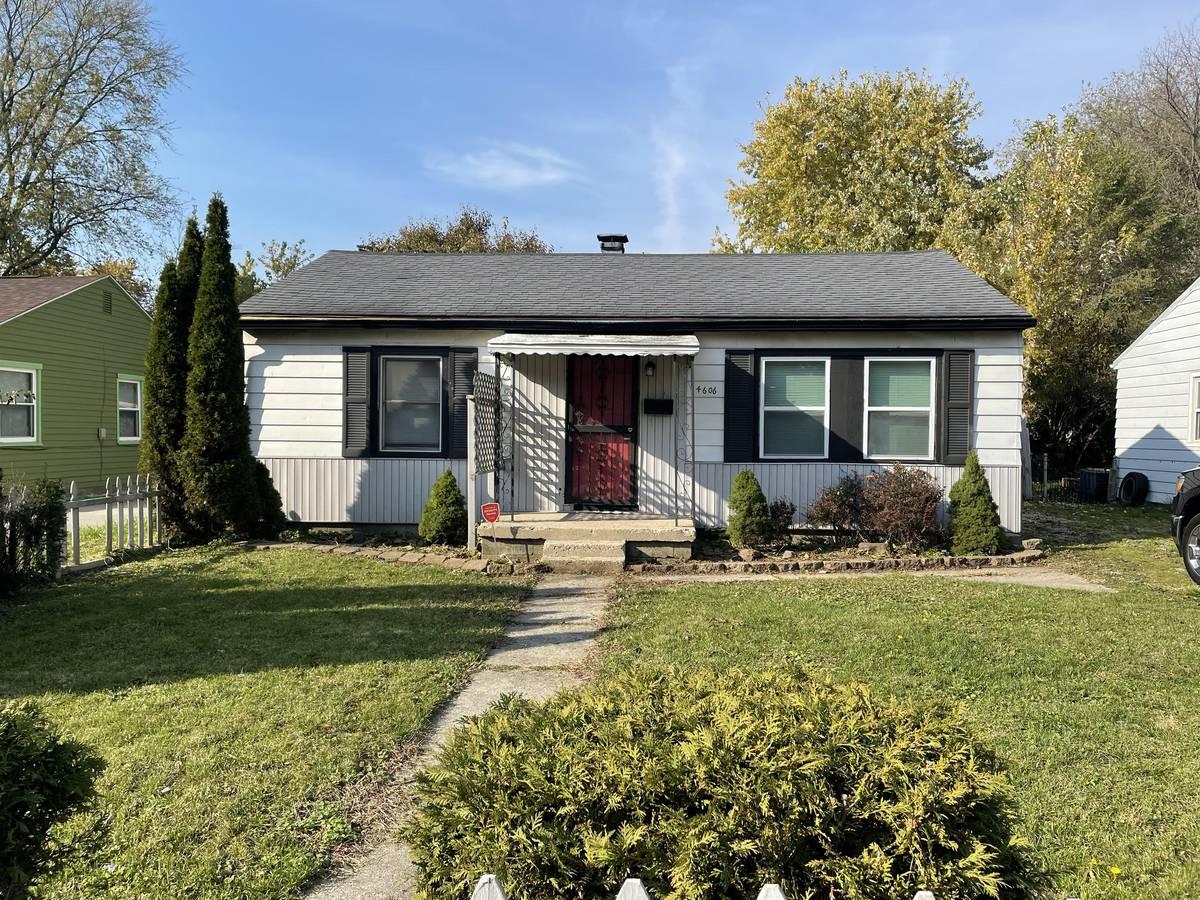The quest for innovative solutions to the housing affordability crisis has led to a fervent focus on converting empty office spaces into residential units. However, recent insights from experts shed light on the challenges, costs, and complexities associated with this approach. In contrast, an often overlooked strategy emerges as a more straightforward and cost-effective alternative—residential-to-residential conversions.
The office conversion conundrum
In a recent article from The Wall Street Journal, Steven Paynter delves into the realities of office-to-residential conversions, emphasizing their sluggish progress and inherent difficulties. Despite the allure of transforming vacant office buildings into housing solutions, the numbers tell a different story. Only 3,575 apartment units were created through office conversions last year, a meager fraction of the 7.3 million affordable units urgently needed.
The untapped potential of residential-to-residential conversions
While the spotlight remains on repurposing offices, there’s a quieter revolution happening within residential neighborhoods and the affordable housing network. Converting larger homes into smaller, more affordable units presents a viable and scalable alternative. The simplicity of adapting existing residential structures reduces the complexities associated with office transformations.
Zoning codes: A hurdle to overcome
A compelling argument lies in the numbers. Let’s consider a hypothetical scenario where 600-square-foot apartments are created to meet the demand for 7.3 million housing units. The solution lies in converting only 1.7% of the existing 256.7 billion square feet of residential housing in the U.S. However, outdated zoning codes restricting the occupancy of larger homes hinder this straightforward solution.
Zoning reform: The key to a housing revolution
The math is clear: fixing zoning codes unlocks a significant portion of the housing shortage. By allowing for the conversion of larger homes into smaller, more affordable units, we can tap into existing resources and address the housing crisis without the complexities of office transformations.
Challenges in office conversions
The difficulties in office conversions are well-documented. From financing issues and stagnating rental markets to the rising cost of construction loans, the hurdles are substantial. Even with efforts to expedite the process, the combination of prolonged approval times and higher interest rates can cripple projects.
The case for residential-to-residential conversions
In contrast, residential-to-residential conversions offer a streamlined and cost-effective approach. By leveraging existing structures, developers can avoid the extensive interior demolition and environmental concerns associated with office transformations. The simplicity of adapting residential spaces to meet housing demands is a solution that can be implemented more rapidly.
While the allure of turning empty offices into apartments captures public attention, the practicality of residential-to-residential conversions should not be overlooked. Zoning reform is the linchpin to unlocking the untapped potential within our existing residential infrastructure. As we grapple with the urgency of the housing crisis, it’s time to shift the conversation toward innovative, feasible, and faster solutions. Residential-to-residential conversions offer a promising path forward with sites like PadSplit, echoing the timeless wisdom of sharing taught by our preschool teachers.
Become a part of the solution
If you’d like to be a part of the solution for the affordable housing crisis and are looking for low risk real estate investment strategies, become a PadSplit Host and provide affordable rooms for rent on the PadSplit marketplace. As an active real estate investor, you can earn multi-family returns on a single-family home while providing affordable housing to low-income earners.


